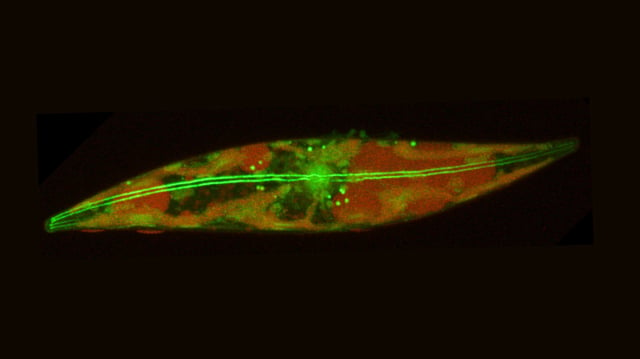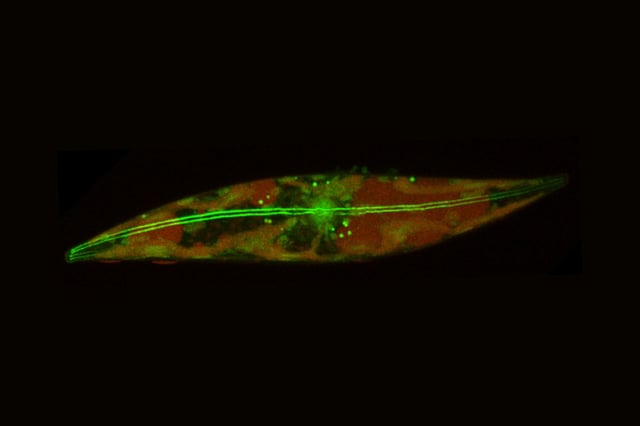Overview
- Stanford researchers report in PNAS that Arctic diatoms remain actively motile down to −15 °C, overturning assumptions that under-ice algae lie dormant.
- Evidence comes from a 45-day 2023 Chukchi Sea expedition aboard NSF’s Sikuliaq with ice cores from 12 stations and in-ice observations using custom microscopes.
- In controlled sub-zero labs, diatoms navigated hair-width ice channels and fluorescent bead tracking confirmed true gliding rather than passive drift.
- The cells move by secreting a mucilage “rope” and pulling on it via actin–myosin motors, and polar species outpaced temperate relatives in comparable tests.
- Researchers are probing how these motors function in largely frozen conditions and are evaluating ecosystem impacts, with the team warning of threatened polar research capacity due to projected NSF funding cuts.

